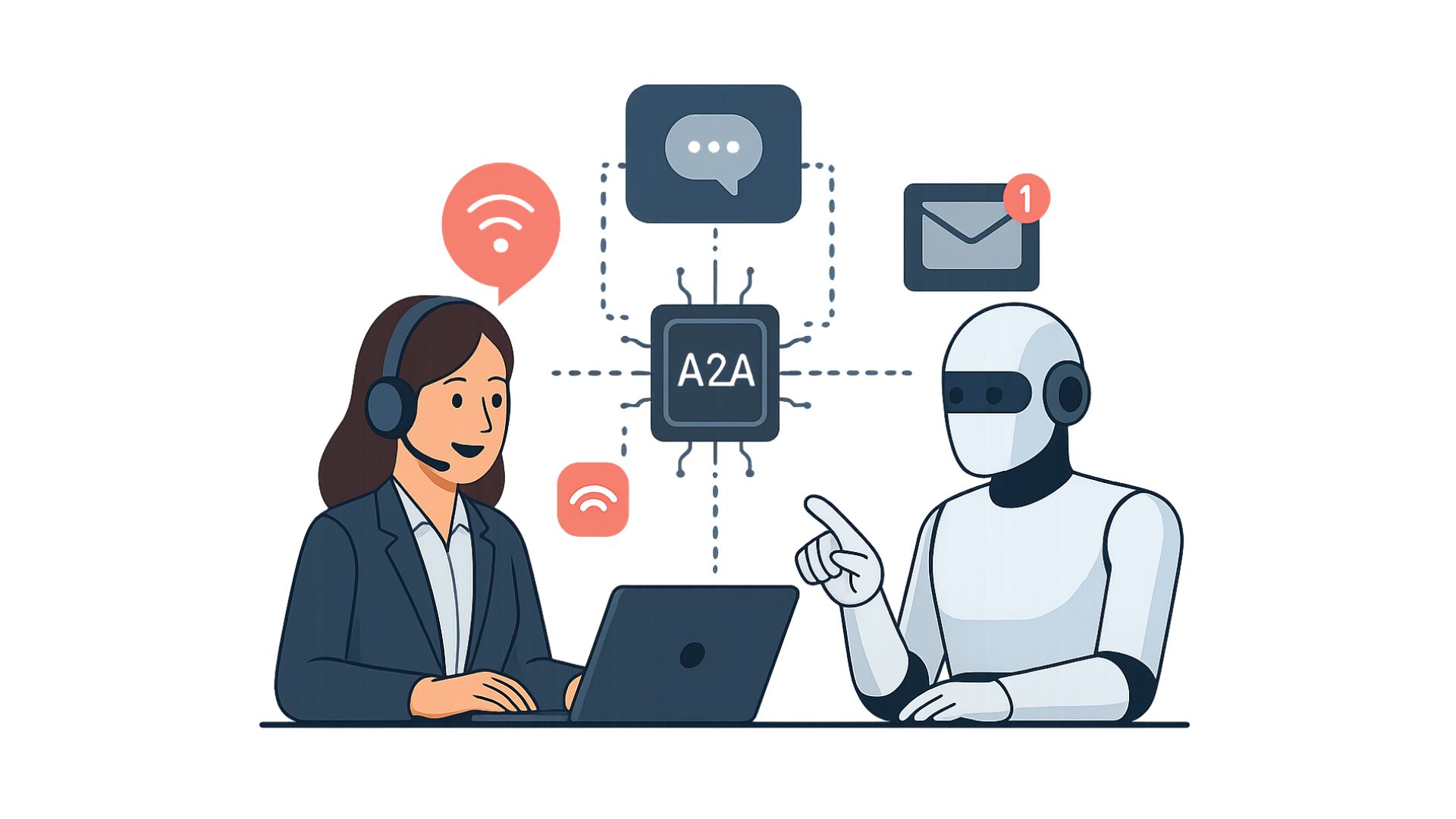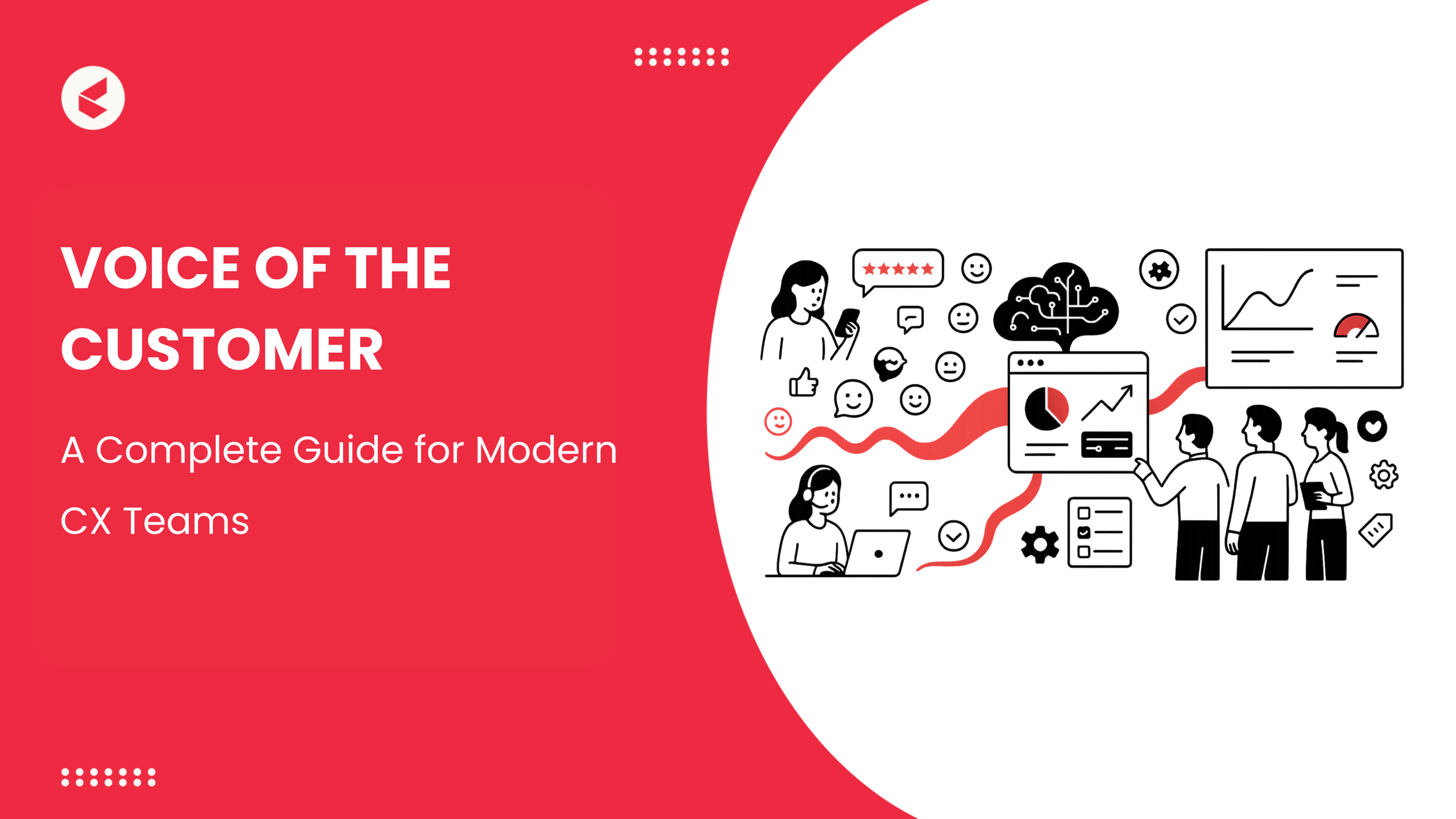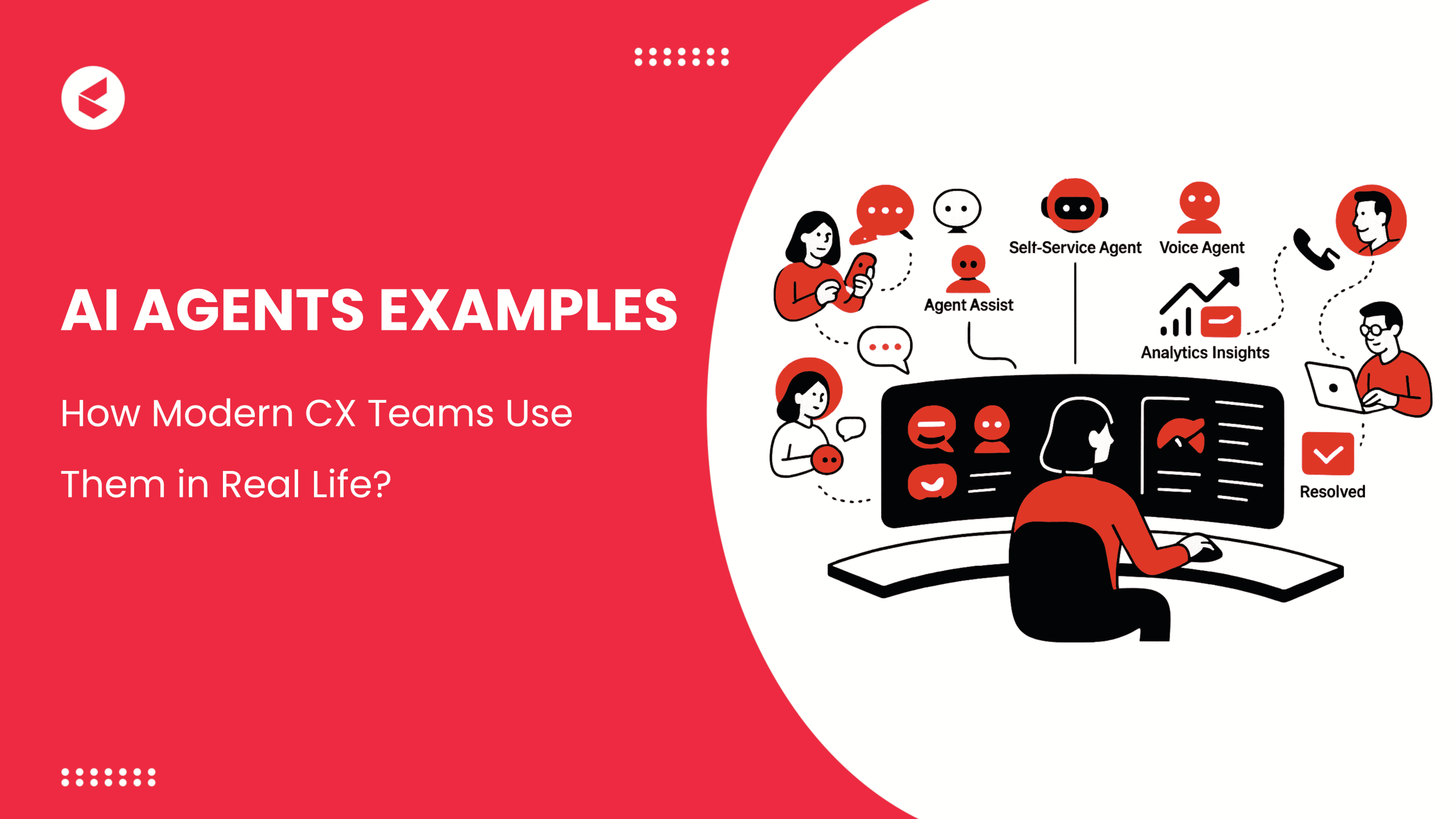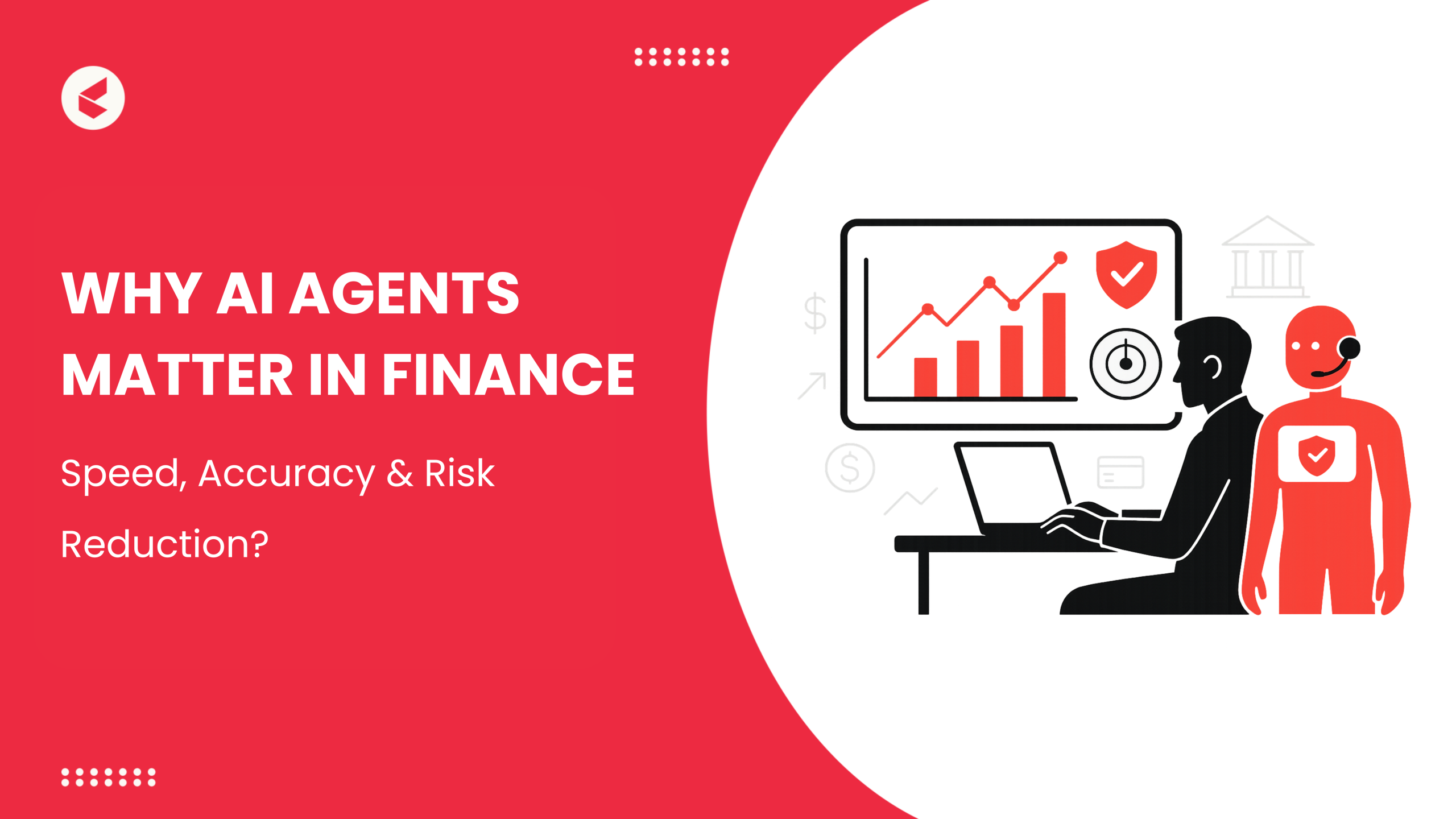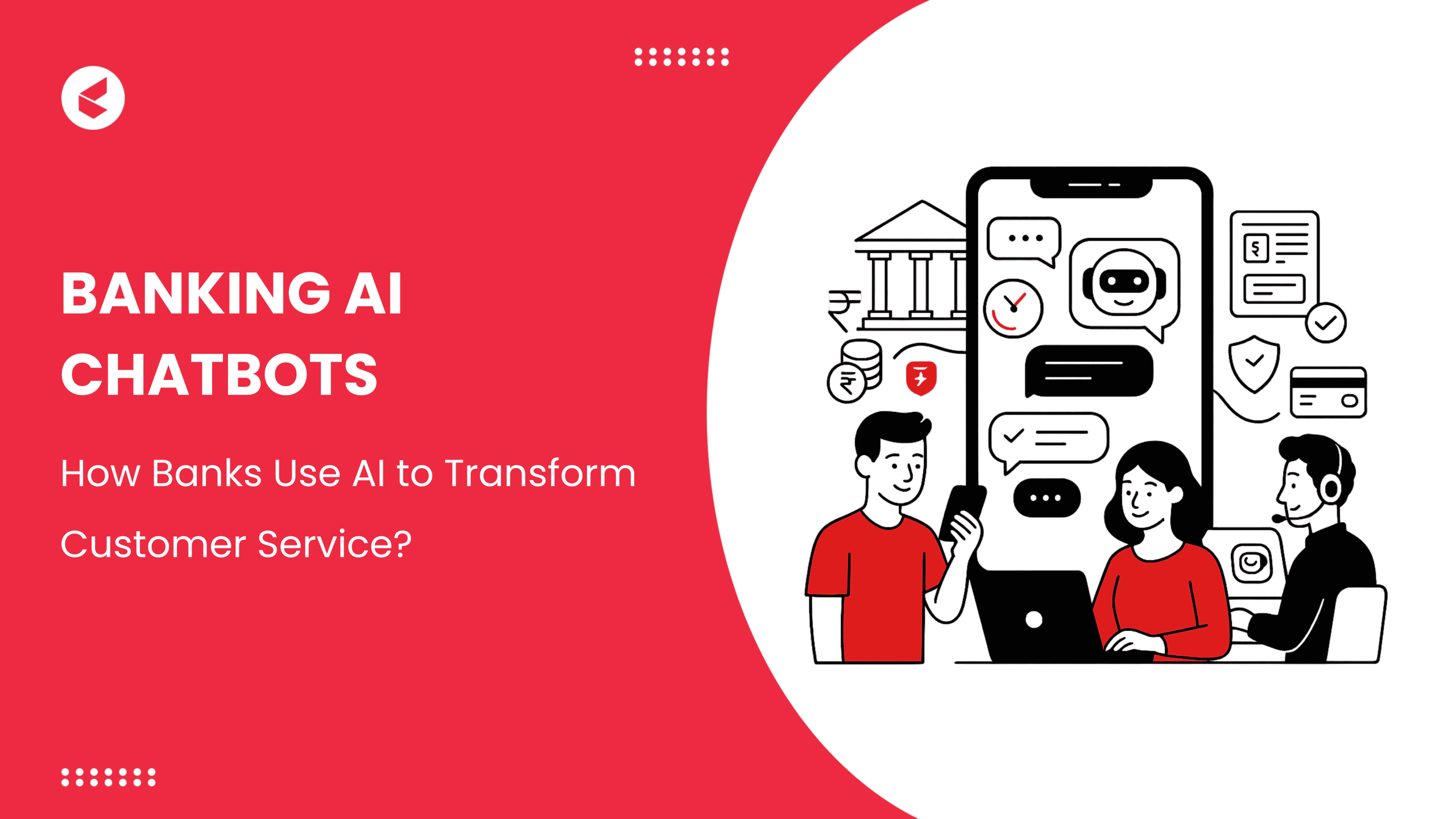Imagine a customer reaches out on chat, follows up with an email, then calls your helpline, only to explain the same problem three times.
Despite the best AI tools in play, fragmented interactions can still persist. It’s not just annoying for the customer, it’s expensive for the business. According to PwC, 36% of CEOs report GenAI-driven growth, yet most are still stuck managing disconnected agents that don’t share context or coordinate actions.
This isn’t a tech stack issue; it’s a language problem. AI agents don’t know how to talk to each other. The A2A Protocol aims to change that, giving agents a common standard for collaboration across platforms, vendors, and tasks.
In this blog, we’ll see what agent interoperability truly means, how A2A works, and why it’s the missing link between smarter automation and seamless customer experience.
What is the A2A Protocol
The A2A (Agent-to-Agent) Protocol is a shared standard that lets autonomous AI agents communicate, collaborate, and coordinate across platforms and vendors, requiring direct integration into each other’s systems. It’s a foundation for making AI agents truly interoperable.
Think of it like APIs for AI agents, but built for autonomy. While APIs let software communicate through predefined endpoints, the A2A Protocol gives agents the tools to authenticate securely, discover other agents, exchange information, and reason independently.
| Capability | What It Enables | Real-World Impact |
| Agent Discovery | Agents can locate and engage others based on capabilities and context, not just hardcoded links. | Reduces the time spent manually configuring agents; improves dynamic coordination |
| Trust & Identity | Every agent carries a verifiable ‘Agent Card’ with credentials, compliance tags, and trust scores. | Improves trust between agents and ensures authenticated, compliant collaboration |
| Cross-Vendor Communication | Agents built on different platforms (e.g., Langgraph, Agentforce) interact without compatibility issues. | Avoids rebuilding logic across platforms; enables faster vendor integration |
| Shared Memory Standards | Agents maintain context across sessions and collaborate using persistent, queryable memory. | Delivers a unified customer experience by preserving session history across agents |
| Unified Security Model | Role-based access control and encryption ensure secure, compliant agent interactions. | Meets enterprise compliance needs without added security layers |
| Real-Time Orchestration | Agents coordinate complex workflows via shared message patterns and negotiation protocols. | Automates multi-step, cross-agent tasks in workflows like returns, onboarding, or case resolution |
| Auditability | All agent interactions are traceable, enabling compliance, performance tracking, and risk management. | Enables incident forensics, internal QA, and easier regulatory reporting |
Why Interoperability is Critical for CX
AI is already powering huge parts of the customer journey: recommendation engines, chatbots, co-pilots, and helpdesk automation. But most of these agents operate in isolation, each one optimized for a specific task.
Here’s how this fragmentation breaks CX, and how the A2A Protocol offers a fix:
- Broken Handoffs Between Agents: A customer might start with a chatbot, escalate to a support agent, and interact with a returns system, all powered by separate AI agents. Without a shared protocol, context is gets lost. A2A enables agents to transfer session memory and task state in real time, preserving continuity across tools.
- Contradictory Recommendations: Marketing AI might suggest one action, while a service agent recommends another, leading to conflicting guidance. A2A enables agents to share reasoning paths and constraints, ensuring decisions are aligned, particularly in financial or healthcare use cases.
- Duplicate Queries and Redundant Workflows: Customers are often asked for the same information multiple times, as different agents don’t share inputs. A2A standardizes data exchange formats and permissions, letting agents reuse verified inputs instead of re-collecting them.
- No Unified View of the Customer: When agents operate in silos, insights remain fragmented. A2A supports shared memory and discovery layers, enabling agents to build a real-time, consolidated view of the customer’s history, preferences, and needs.
- Inconsistent Tone and Behavior Across Touchpoints: Without coordination, the same brand might sound helpful in one place and robotic in another. A2A enables synchronized behavioral settings across agents, maintaining brand tone, policy adherence, and service consistency.
Key Benefits of the A2A Protocol
The A2A Protocol is more about unlocking value across every layer of enterprise automation. From faster resolution to real-time compliance, here’s how a standardized agent-to-agent framework delivers measurable impact:
1. Unified CX
Customers don’t care how many systems are involved; they expect one consistent experience. A2A allows agents to share real-time session memory, customer history, and next-best actions across platforms.
Instead of siloed support bots and disjointed follow-ups, agents work as a unified front. This removes friction, reduces dropout rates, and helps brands build long-term trust through continuity.
2. Efficiency Gains
Every manual hand-off adds latency and cost. A2A minimizes this by automating coordination between agents, bots, and human reps using a common message layer and trust schema. No need for brittle integrations or middleware hacks.
3. Faster Innovation Cycles
Disconnected agent stacks slow down experimentation. With A2A, developers can swap, iterate, and test AI agents without reworking the entire system, cutting down time-to-market.
According to a PwC report, more than 40% of business leaders reported launching innovative digital products or services in the past year. A2A accelerates that momentum by making it easier to prototype, pilot, and deploy AI-driven CX solutions without infrastructure overhauls.
4. Scalability
Adding new AI tools usually means reengineering the system around them. A2A flips that. Its modular architecture allows new agents to plug into existing workflows with zero-code alignment.
Enterprises can test or scale different agents (internal or vendor-built) without downtime. Think of it as plug-and-play for an intelligent system; deploy faster, experiment freely, and stay adaptive without disrupting operations. To build and maintain these kinds of scalable solutions efficiently, many companies partner with nearshore software developers, who bring technical expertise, cultural alignment, and real-time collaboration without the challenges of offshore communication gaps.
5. Security & Governance
Distributed AI systems come with serious compliance baggage. A2A standardizes agent identity, access controls, and audit logging across interactions.
Enterprises gain fine-grained control over what data agents can access, how they interact, and which policies they enforce. With unified observability built in, security teams can monitor agent behavior in real time and meet governance standards with fewer bottlenecks.
The Future of Agent Interoperability
The A2A Protocol is poised to become the connective tissue that unites today’s fragmented AI tools into cohesive, intelligent systems. As enterprises double down on agentic AI, this standard will underpin how agents discover each other, build trust, and collaborate at scale.
1. A2A as the Enterprise Backbone
AI-powered CX isn’t slowing down. The demand for interoperable agent ecosystems is only increasing. A2A is expected to become a foundational layer, much like TCP/IP was for the internet, allowing distributed agents to coordinate tasks without vendor-specific rewiring.
2. Cross-vendor Collaboration Becomes Practical
Most enterprises now work with a mix of AI platforms. The next wave will rely on A2A to enable agent ecosystems that span LangChain, OpenAI, Agentforce, and others, without compromising on performance or data privacy. This shift will unlock shared intelligence across business units, geographies, and tech stacks.
3. Smarter Orchestration Powered by Industry-specific Platforms
Platforms like Kapture CX, with agentic intelligence embedded across the stack, are already anticipating this shift. By integrating Agent Cards, shared trust scores, and observability tooling, they’re creating secure environments where AI agents can autonomously route, reason, and act in real-time, without stepping outside compliance boundaries.
4. Shift Toward Autonomous Ecosystems
In the near term, enterprises will move from centralized AI orchestration to decentralized agent networks. A2A will support dynamic negotiation, memory persistence, and conflict resolution, critical for agents making independent decisions across departments and domains.
5. Standardization Fuels Speed and Scale
Interoperability enables faster deployment, lower maintenance costs, and predictable outcomes. As A2A adoption grows, enterprises can scale AI initiatives across business lines, without rebuilding logic or workflows from scratch every time.
Build Smarter AI Workflows with Kapture at the Core
The future of customer experience depends on intelligent agents that don’t just act, but interact. As businesses scale their AI efforts, isolated bots and siloed systems will only slow them down. The A2A Protocol provides the foundation for agents to collaborate seamlessly and securely, thereby creating the consistency and intelligence that modern CX demands.
Enterprises moving toward a unified AI ecosystem should prioritize platforms engineered for interoperability. Tools like Kapture CX, with native support for agent orchestration and trust-layer protocols, are already helping teams automate and collaborate smarter.
Now’s the time to move from isolated automation to connected intelligence, without rebuilding from scratch.
